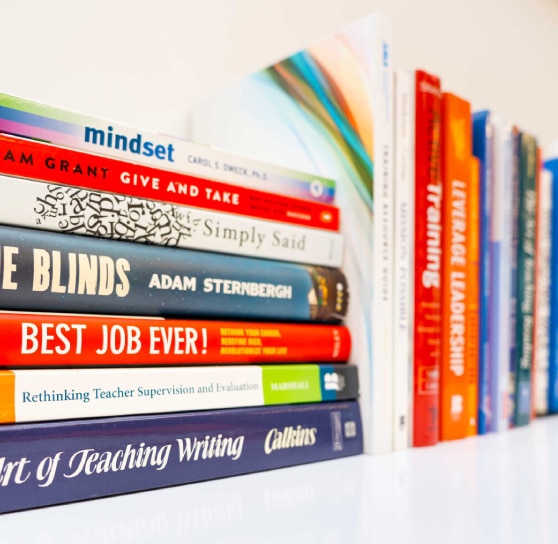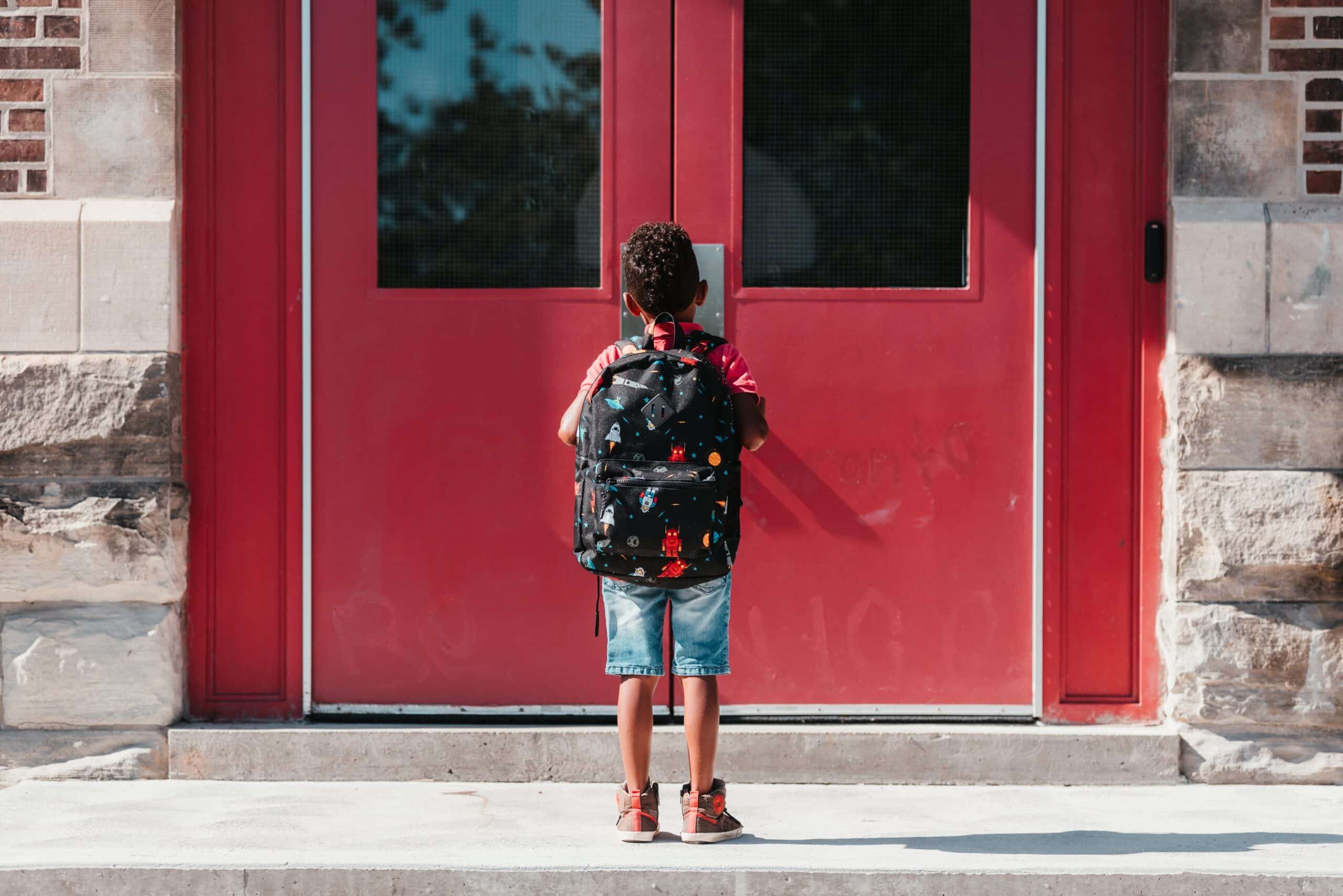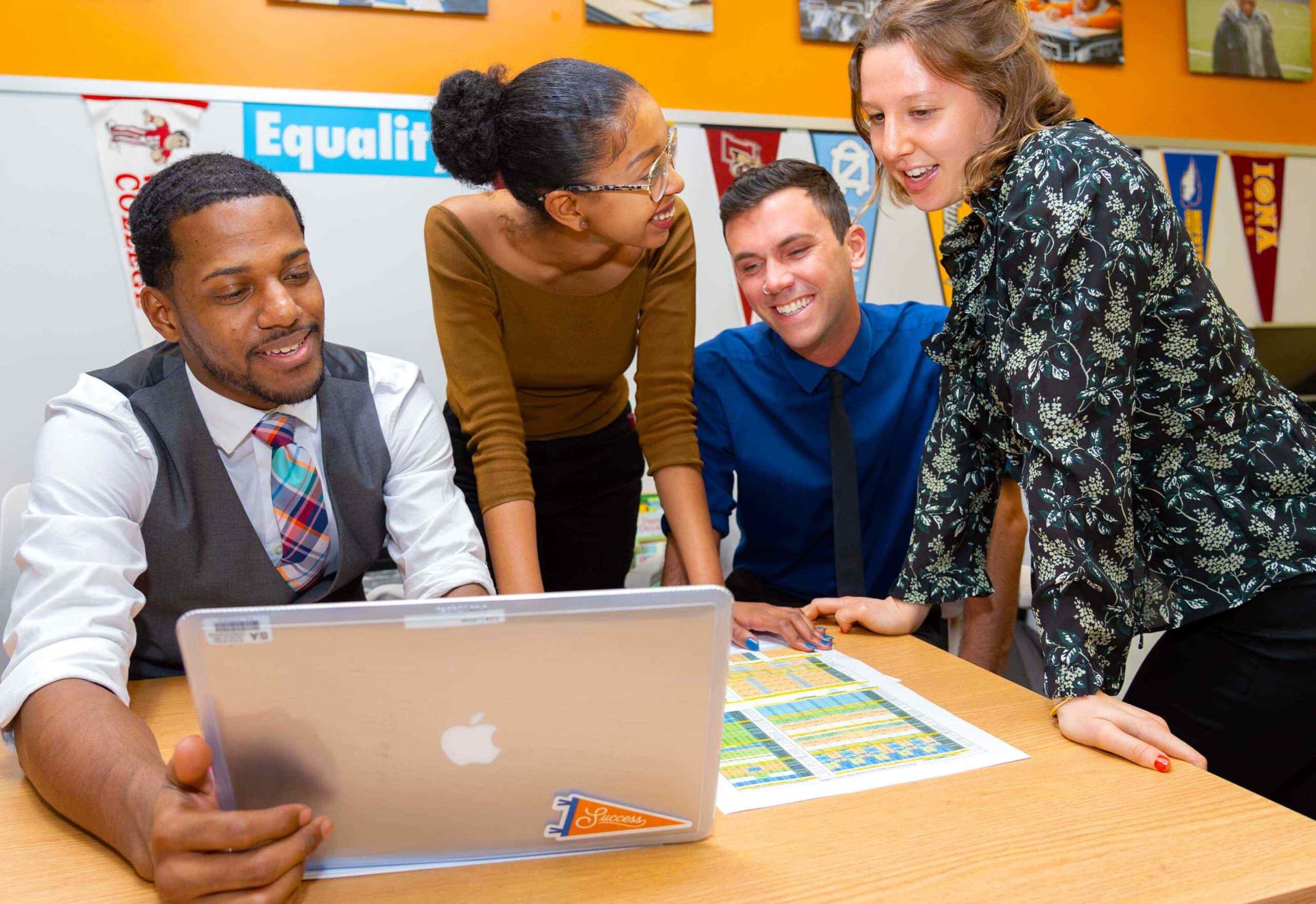


This unit parallels the work scholars have done with Emergent Storybooks and builds on this work by teaching scholars to study illustrations, accumulate information, develop ideas about a topic, and study various text features in their nonfiction reading.
Like the Emergent Storybook reading scholars did in the last unit, they are not yet expected to conventionally read these nonfiction books verbatim. In this unit, our kindergarten scholars are “reading” and retelling nonfiction in a way that will open up new ideas and ways of thinking for them.
Similar to the fiction unit, it’s imperative that before this unit begins, you read aloud at least 2–3 Emergent Storybooks each day, cycling through each until scholars become familiar with them.
In this unit, your job is to ignite interest and curiosity about nonfiction topics, so scholars will learn new information, ask questions, and share their newfound knowledge with others.
If you do your job well, your scholars will enthusiastically dive into nonfiction texts daily. Their eagerness to ask questions about topics, search for answers, and gather more information will culminate in sharing this information with others.
It is imperative that ALL your scholars are consistently being read to at home and at school.
Make sure at-home reading is happening, and meet with families who are falling short to recommit them to this team effort. Help families understand what Emergent Storybook reading is and how they can best support their scholars at home. If you cannot persuade parents to read with their scholars at home, you need to manage up to leadership.
It is your responsibility to ensure that ALL your scholars are reading six days a week at home!
Spend two days on each lesson to give scholars practice.
Lesson 1: Great readers choose books about things they love and want to learn more about.
Lesson 2: Great readers learn about the topic by looking at the pictures.
Lesson 3: Great readers ask questions as they read.
Lesson 4: Great readers gather more information about the topic as they continue to read.
Lesson 5: Great readers teach others what they’ve learned about a topic.
What Does Success Look Like?
Great readers choose books about things they love and want to learn more about.
Success is when scholars select books they’re excited to read, about topics that they’re genuinely interested in.
Lesson 1
Engage — 1 minute
When we pick books, we don’t pick ones that look dull or boring—we wouldn’t feel excited to read them! We need to pick books that shout “Read me!” so that we can’t wait to read them.
Direct Instruction (Model/Practice) — 5–7 minutes
Independent Reading/ Targeted Teaching Time — 10–15 minutes
Partner Share — 3–5 minutes
Whole-Class Share — 5 minutes
What Does Success Look Like?
Great readers learn about the topic by looking at the pictures.
Success is when scholars study the pictures to glean information before looking at the words.
Lesson 2
Engage — 1 minute
The pictures are just as important a part of the story as the words, sometimes even more important! Just as in the fiction books we read, we must study them carefully to learn every detail we can so we understand all the facts the author is teaching us.
Direct Instruction (Model/Practice) — 5–7 minutes
Independent Reading/Targeted Teaching Time — 10–15 minutes
Partner Share — 3–5 minutes
Whole-Class Share — 5 minutes
What Does Success Look Like?
Great readers ask questions as they read.
Success is when scholars pause to ask themselves questions as they read, considering what they already know and what they want to know.
Lesson 3
Engage — 1 minute
As you read about new topics, you’ll learn new facts, but you’ll also have questions about things you don’t yet know or things that make you curious to know more.
Direct Instruction (Model/Practice) — 5–7 minutes
Independent Reading/Targeted Teaching Time — 10–15 minutes
Partner Share — 3–5 minutes
Whole-Class Share — 5 minutes
What Does Success Look Like?
Great readers gather more information about the topic as they continue to read.
Success is when scholars continually gather new facts as they read while retaining information they’ve previously learned.
Lesson 4
Engage — 1 minute
As we read nonfiction, we learn tons of new information with each new page and each new book. This new information can sometimes strengthen or change a previous idea we had about a topic.
Direct Instruction (Model/Practice) — 5–7 minutes
Independent Reading/Targeted Teaching Time — 10–15 minutes
Partner Share — 3–5 minutes
Whole-Class Share — 5 minutes
What Does Success Look Like?
Great readers teach others what they’ve learned about a topic.
Success is when scholars are able to share specific facts, details, and ideas they’ve learned about a topic.
Lesson 5
Engage — 1 minute
We have learned so much new information about all sorts of interesting topics. We can’t just keep this to ourselves; we must share it with the world to teach others!
Direct Instruction (Model/Practice) — 5–7 minutes
Independent Reading/Targeted Teaching Time — 10–15 minutes
Partner Share — 3–5 minutes
Whole-Class Share — 5 minutes
Use the next 5 days to work with scholars to increase their capacity to read.
The most important thing you can do is give kids independent reading time. The best way to improve reading is by having kids read.
Listen to scholars as they read independently. Talk with scholars one-on-one about their reading and coach them through the key obstacles to being great readers.
Depending on their needs, work with scholars whole group, in small groups, or one-on-one to support them with the:
Congratulations! You’ve reached the end of Unit 3: Emergent Storybook – Nonfiction
As a result of teaching this unit, you, as the teacher, have:
Your scholars can:
Celebrate your scholars’ successes by acknowledging what they can now do as readers as a result of their work over the past several weeks. For example, give them additional time to finish and create more posters, pictures, and letters that allow them to share what they’ve learned with others. Then allow them time to present these to other kindergarteners, classmates, or parents! All your enthusiasm will be for naught if you don’t actually allow scholars to share these!
Reflect on your successes and stretches, as well as those of your scholars. Look at the goals you set for scholars and your notes on their progress. Have your scholars grown as readers over the past month? Are they using the pictures independently to help them read the text? Do they use details when describing what’s happening? Do they use the author’s exact words? Do they read with expression?
Scholars must read at home, as well as in school. Are 100% of your kids reading 6 days a week at home? Make sure at-home reading is happening, and meet with families who are falling short to recommit them to this team effort. Help them understand what reading looks like for kids who are not yet reading the words and how they can best support their scholars at home.
Are 100% of your kids falling in love with reading? Are they using all the tools at their disposal to figure out the meaning of what they are reading?
Going into the next unit, make specific reading goals for yourself. Set a percentage goal for how
many children you will move in the next 15 days. Set a goal for children who are not reading at home. Whom will you get to consistently read at home? Do they understand what they’re reading? What is their struggle? How will you partner with parents to support their growth?
If you are having trouble meeting your goals, do not wait until you have NOT succeeded. Consult your colleagues. Consult your leaders. ASK FOR HELP so you can meet your goals!
resources
Access a wide array of articles, webinars, and more, designed to help you help children reach their potential.

ES PBL Grade 2: Brooklyn Bridge
Educator
Curriculum
Elementary School
2nd
PBL

ES PBL Grade 3: Iroquois and Lenape
Educator
Curriculum
Elementary School
3rd
PBL

Grade 1: PBL School – How It Works!
Educator
Curriculum
Elementary School
1st
PBL

Grade 4: PBL A Nation is Born
Educator
Curriculum
Elementary School
4th
PBL
NEWSLETTER
"*" indicates required fields
